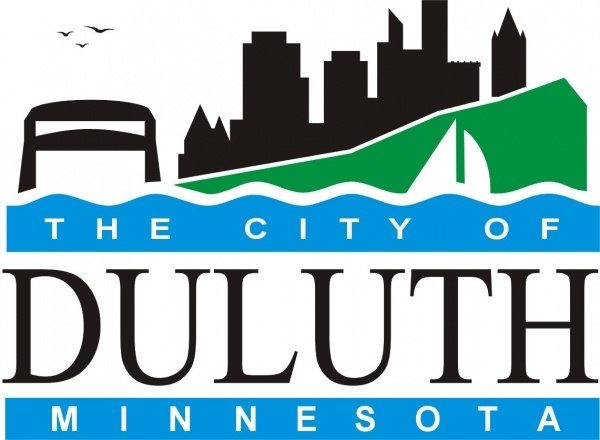DULUTH — Residents of Duluth should brace themselves for an upcoming increase in water rates as the Duluth Public Utilities Commission unveils its proposal for a 9.25% hike, set to take effect on April 15. This initial increase is just the beginning, with successive annual hikes expected over the next four years, potentially resulting in a cumulative rise of 48% by 2028.
For the typical Duluth household consuming slightly under 4,500 gallons of water per billing period, this would translate to a monthly increase of $2.56 in 2024 and $12.86 by 2028.
Mike Mayou, a member of the utilities commission and 2nd District City Councilor, expressed relief that the proposed increase is below double digits, acknowledging, however, that even 9.25% is significant.
Jim Benning, the director of public works and utilities for Duluth, emphasized the indispensable nature of the water utility, citing its critical role in fire protection, medical care, hygiene, and overall public health.
Despite the necessity of the water system, much of Duluth’s infrastructure is aging, with approximately half of the city’s water system surpassing 90 years in service. Moreover, the city has been cited by federal authorities for the deteriorating condition of its water network.
Carrie Ryan, a member of the Duluth Public Utilities Commission, assured that plans for infrastructure improvements are well underway, recognizing the urgency of reinforcing the system’s backbone.
The city has outlined a comprehensive list of necessary upgrades, including electrical service enhancements, pump replacements, structural repairs, and the replacement of century-old mains. These improvements come with a hefty price tag, estimated at millions of dollars.
Additionally, Duluth anticipates significant expenses for upgrades to its water treatment plant and is seeking state funding to assist with these endeavors.
Failure to address these issues would result in considerable costs, both financially and in terms of service interruptions. The city estimates that it should be replacing significantly more miles of pipe annually to keep up with necessary repairs.
Moreover, aging pipes are prone to failure, resulting in numerous water main breaks annually and substantial associated costs.
Operating expenses are also on the rise, with increased electricity and chemical costs contributing to the financial strain. Maintaining proper water chemistry is particularly crucial given the prevalence of lead service lines in the city.
While the proposed rate increases are necessary, Benning acknowledged the need to balance the imperative for infrastructure improvements with the financial constraints of residents.
In conclusion, while the impending water rate increases may pose financial challenges for residents, they are essential to ensuring the reliability and safety of Duluth’s water supply amid aging infrastructure and increasing operational costs.














